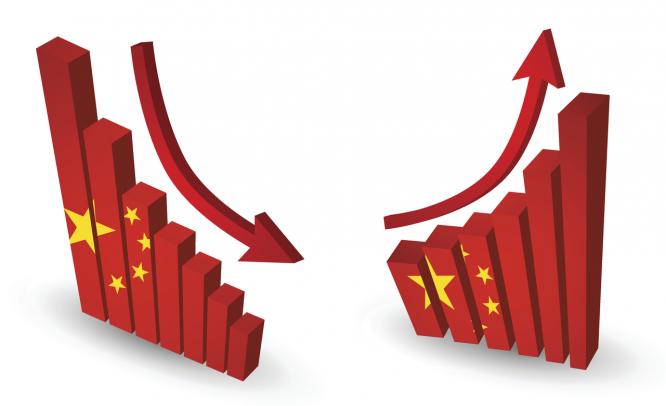January 20, 2017: China outdid expectations and grew by 6.8% in the fourth quarter of 2016. Growth was boosted by higher government spending and record bank lending.
But the world’s second largest economy faced increased uncertainties from a cooling housing market and the government’s bid to push through painful structural reforms, which could help deal with the root cause of rising debt and housing problems but weigh on near-term growth.
The economy expanded 6.7 per cent in 2016, the National Bureau of Statistics said on January 20, roughly in the middle of the government’s 6.5-7 per cent growth target but the slowest pace in 26 years.
The Chinese economy emerged out of deflation in 2016 thanks to public sector infrastructure investment and the housing market. The key challenge for policy makers in 2017 is to revive private business investment, which remains depressed. Private sector business investment is the key, as the private sector accounts for over 70% of output and over 80% of urban employment.
Housing helped prop up growth again in the fourth quarter, with property investment rising by 11.1 percent in December from 5.7 percent in November, even as house prices showed signs of further cooling in some major cities.
Analysts at HSBC believe that the housing market is set for a slowdown in 2017 as policies continue to tighten in premium markets such as Shanghai.
Consumer spending was also strong, with retail sales in December rising at their fastest pace in a year on stronger sales of cars and cosmetic products.
The economy could come under strain as Donald Trump takes office in the US and potentially implement protectionist policies. In the run-up to the inauguration of the next US president, China’s commerce ministry announced that it would like to build ties with the new administration.


